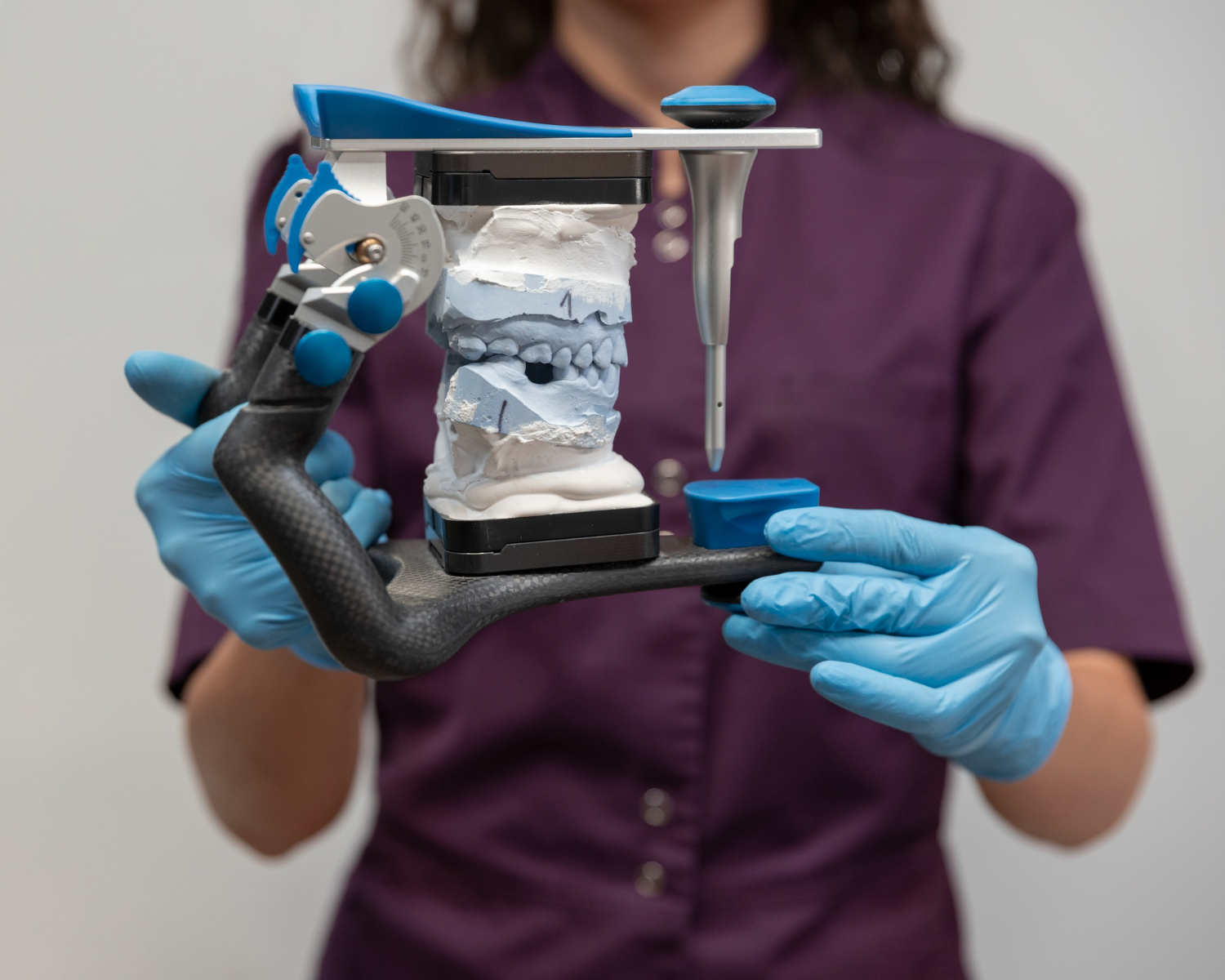Dental implants use different materials that are compatible with your mouth and last for many years. Modern implant technology relies on materials like titanium, zirconia, metal mixes, ceramics, and polymers for different benefits. These materials must be safe for your body and strong enough to handle daily use. Finding the best dentist who understands these materials helps ensure the success of your implant. Each material has unique features that make it right for different situations and patient needs.
Titanium: The Gold Standard
Titanium is the most trusted material for dental implants because it works so well with your body and stays strong. When doctors place titanium implants in your jawbone, the bone grows around them naturally through a process called osseointegration. This creates a solid base for your new tooth that can last for decades. Titanium can handle all the pressure from chewing and biting without breaking or wearing down. It’s also lightweight, so it doesn’t put extra stress on your jawbone. Most people’s bodies accept titanium well, with very few allergic reactions or problems. These qualities make titanium the top choice for most dental implants.
Zirconia: A Ceramic Alternative
Zirconia offers a great option for people who want implants that look completely natural. This white ceramic material matches the color of real teeth better than metal implants. It won’t cause gray lines to show through your gums like some metal implants can. Zirconia works well for people who have metal allergies or sensitivities. It doesn’t rust or corrode in your mouth, making it very safe and long-lasting. This material is strong enough for both front and back teeth so that you can use it anywhere in your mouth. Many patients choose zirconia for the most natural-looking results.
Metal Alloys: Strength and Flexibility
Metal mixes combine different metals like titanium, cobalt, chromium, and molybdenum to create super-strong implants. These combinations give implants the perfect balance of strength and flexibility for your mouth. The metals work together to handle heavy chewing forces without breaking. Titanium mixes are popular because they’re safe for your body and resist rust and corrosion. Doctors can customize these metal combinations to fit each patient’s specific needs. The flexibility of metal mixes allows them to move slightly with your jaw, which helps prevent problems. This makes metal combinations a reliable choice for long-lasting implant success.
Ceramic: Aesthetic Appeal
Ceramic materials make implants that look just like your natural teeth. These implants match the color, shine, and texture of real teeth so well that no one can tell the difference. Ceramic implants work safely in your body and won’t cause reactions or problems. They don’t conduct heat or electricity so that you won’t feel temperature changes as much. Ceramic materials resist stains and corrosion, keeping them looking good for years. As technology improves, ceramic implants continue to improve and become more natural-looking. Patients love ceramic implants because they provide both beauty and function in one solution.
Polymers: Advances in Technology
New polymer materials are changing how dental implants work and look. Polymers like PMMA and PEEK are safe for your body and can bend without breaking. Computer technology helps doctors create custom polymer implants that fit perfectly in your mouth. These materials are getting stronger and lasting longer than older versions. Advanced manufacturing makes it possible to create implants that match each person’s unique mouth shape. Polymer implants have fewer complications and heal faster than some other materials. As technology continues to improve, polymer implants will likely become even better options for replacing missing teeth.
Related Topics:






